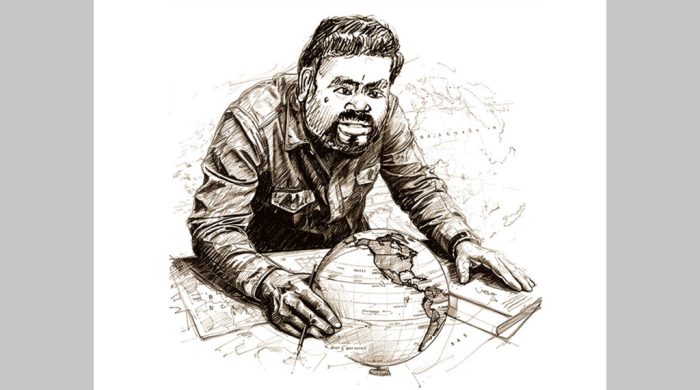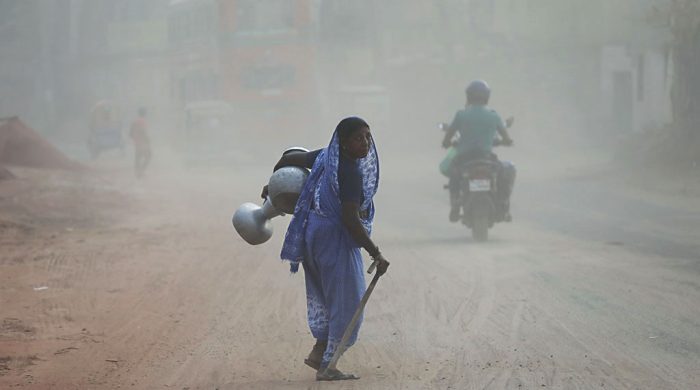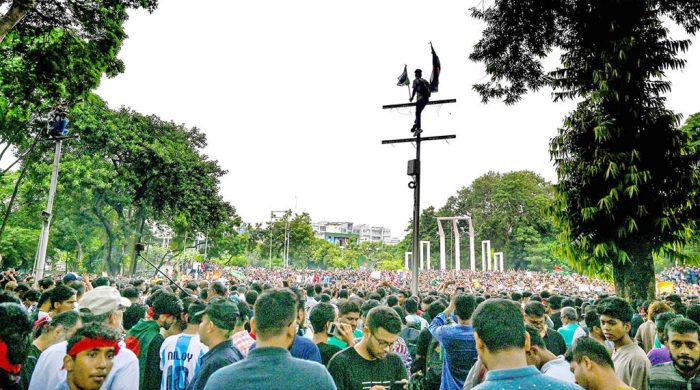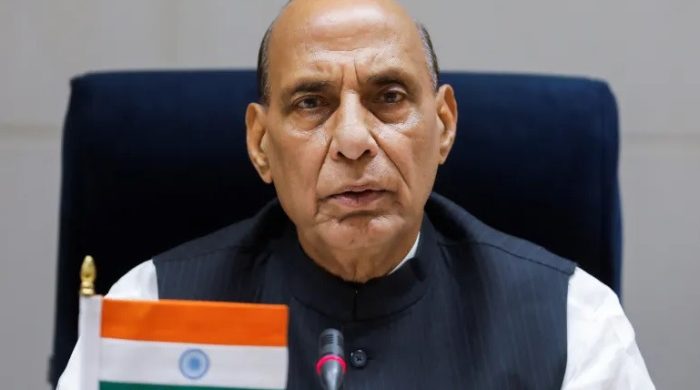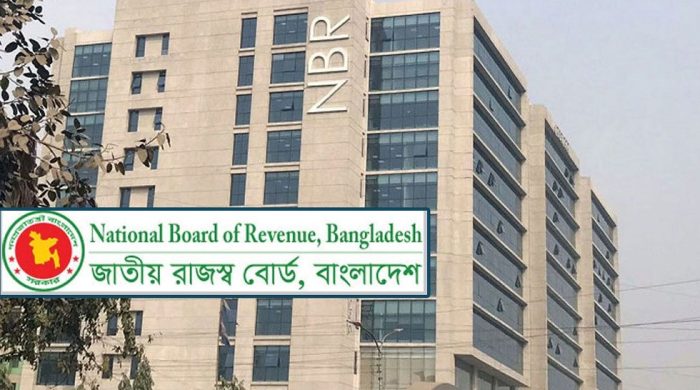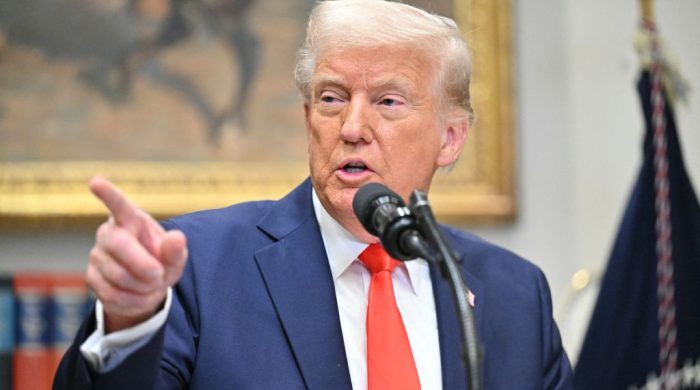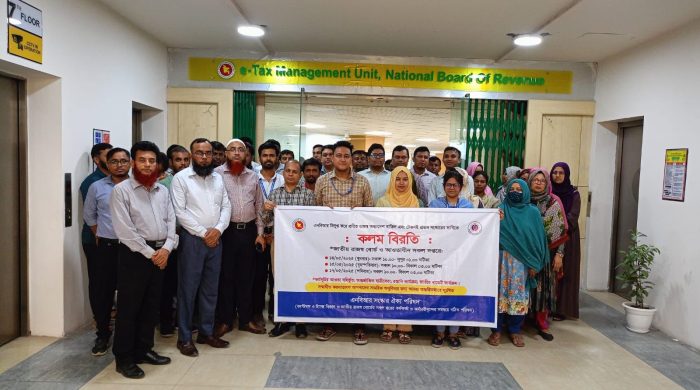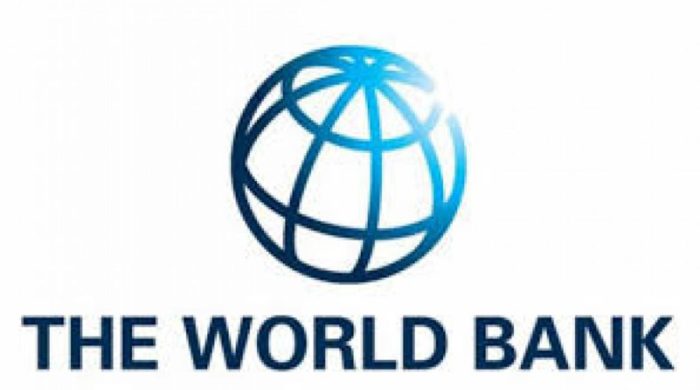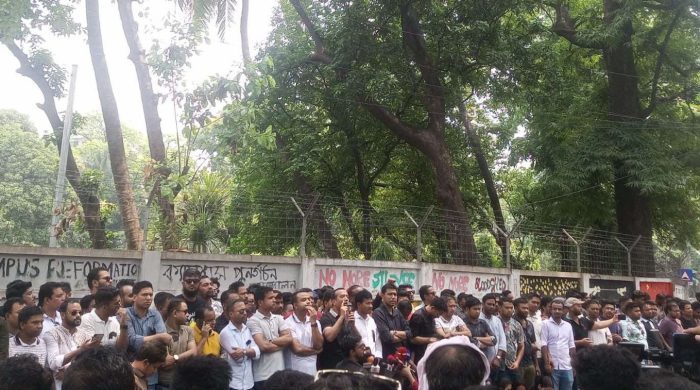Quandaries of Enforcing Zone-Based Lockdown

- Update Time : Wednesday, June 24, 2020
- 201 Time View
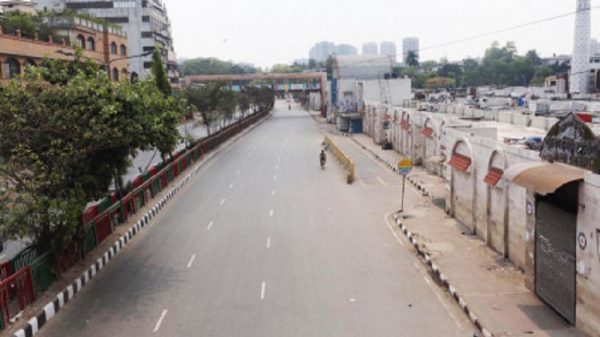
Pranab Kumar Panday:
The situation of COVID-19 infection has become worse with time in Bangladesh as over the past two weeks more than 3,000 positive patients from about 15,000 tests have been diagnosed positive. Public health experts apprehended that huge movement of people before the Eid vacation might have facilitated the spread of COVID-19 across the country though there was a concentration of patients in Dhaka and its adjacent few districts during that time. However, the latest statistics reveal that many districts have become the centre of COVID-19 patients. After Dhaka, Chittagong has become the city with more than 5,000 patients. The growing trend of increasing patients has compelled the government to rethink its strategies to contain the spread of this deadly virus.
The government has adopted a strategy to divide the whole country into three types of zones: red, yellow and green depending on the number of patients to contain the spread of COVID-19. Government guidelines suggest that an area would be identified as red zone if 60 or more patients per one lakh population in a city within the last fourteen days are diagnosed COVID-19 positive while an area would be identified as yellow if 3-59 patients are diagnosed positive from the same population in a city in the last fourteen days. The health ministry has therefore divided the entire country into different zones, taking into account the number of patients. Meanwhile, the government’s decision to enforce lockdown in different red zones of the country has been implemented with numerous twists and turns. The directorate of health first uploaded lists of categorisation of zones on its website and removed the list again as it was not approved by the highest authority.
After a few days, the government eventually followed its policy of enforcing a lockdown in East Razabazar of Dhaka as a pilot of the red zone. The Dhaka North City Corporation was entrusted with the responsibility of implementation of the lockdown with the assistance from government’s law enforcement agencies and other agencies associated with the fight against COVID-19. Unfortunately, we noticed a certain degree of lack of coordination among different government departments to prepare for imposing lockdown. The Dhaka North City Corporation Mayor was found to be in the process of planning to determine the number of households requiring assistance during the lockdown, selecting the COVID-19 test sites and ensuring that kitchen commodities and other required products are made available through mobile shops and volunteer. The government did not, however, provide any direction as to whether or not private-sector employees residing in red zones will have to go to their offices? While speaking with the media men, the Dhaka North City mayor requested private sector company owners to stand by their employees during the lockdown. Regrettably, there has been a significant degree of lack of coordination among various agencies regarding the enforcement of a lockdown in red zones.
In the early days of enforcing lockdown in Dhaka’s Razabazars, the responsible authorities were of the opinion that they wanted to gain experience from their intervention so that the experiences could be widely applied elsewhere. However, it took them some time to gain experience, as the situation has already aggravated in other places that have been classified as red zones.
Again we observed a serious lack of coordination when the government decided to enforce lockdowns in different red and yellow zones across the country. The government first proclaimed general holidays in both red and yellow zones and reversed their decision within a couple of hours by proclaiming holidays in red zones only. This indicates that there is a lack of coordination between various ministries working together to contain COVID-19 in the country. Even we have seen our LGRD&C Minister and Dhaka North City Corporation mayor to point their fingers at the Health Ministry for failing to provide comprehensive information about the areas and households that would remain under lockdown. Having observed the overall situation of the government’s containment strategy, I have the impression that various government agencies do not have a clear understanding about the principles of categorisation of different zones where lockdown would be enforced. Most notably, the Ministry of Health has lost its control over multiple actors whose support is necessary to contain COVID-19.
We need to understand that we failed to ensure proper lockdown in April and May which has intensified the spread of COVID-19 across the country. Complacencies about enforcement of complete lockdown in a true sense during that period were observed on the part of the government and the citizens. We cannot ignore the fact that the government was compelled to reopen offices, garment industries, and other sectors to allow poor people to earn their livelihood as the government’s support during the holidays was not enough for them to sustain their life. But, many people deliberately did not follow government instructions and hastened the spread of COVID-19 infection. The responsible authorities did not punish them for their intentional free movements without following social distancing and health rules.
Based on previous experiences, the government should apply force to enforce lockdowns in red and yellow zones successfully. To make it possible, it requires an improvement in the degree of awareness of the responsible authorities. While watching the news on TV, I noticed that the Divisional Director of health and the Civil Surgeon of a particular district were providing different clarification on the definition of yellow zones. I found the civil surgeon’s explanation to be incorrect after reading the directives of the government. If such a lack of understanding prevails among the responsible authorities, the government is unlikely to be able to contain the spread of COVID-19 because they are key players in delivering services and supporting other organisations that will enforce lockdowns.
Different scholars and public health expert across the globe have apprehended that South Asian countries in general and Bangladesh and India, in particular, may hit the peak of COVID-19 infection in September-October. These reports have also apprehended that if these countries fail to contain COVID-19 infection before the commencement of winter, the virus may infect several thousand higher patients in these countries.
Therefore, the government should aggressively enforce its lockdown strategy. There is hardly any scope for the responsible authorities to become reluctant to look after the enforcement related activities. Our Prime Minister has been working tirelessly to contain the spread and to support people in need during the pandemic. Unfortunately, some of the responsible authorities have been struggling to perform at the highest level. Therefore, the government is failing to attain the desired level of success in containing COVID-19 infection. Our Prime Minister has reaffirmed that we are going through the toughest time of our history. But, we will certainly overcome this pandemic one day. To attain this objective, a few policy directives and their execution are required. If we fail to enforce complete lockdown again, we will have to face tough days ahead. Hence, all government agencies will have to work cohesively with the wholehearted support of the citizens.
Pranab Kumar Panday, PhD is a Professor of Public Administration and an Additional Director of the Institutional Quality Assurance Cell (IQAC) at the University of Rajshahi.





